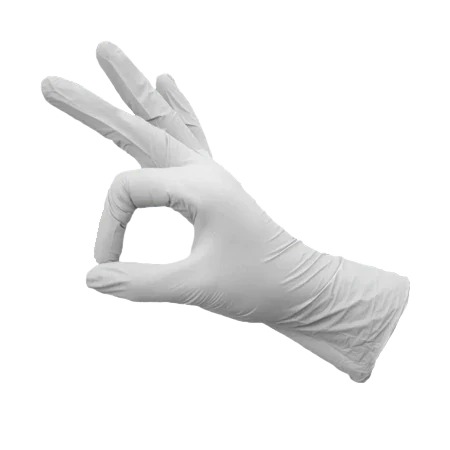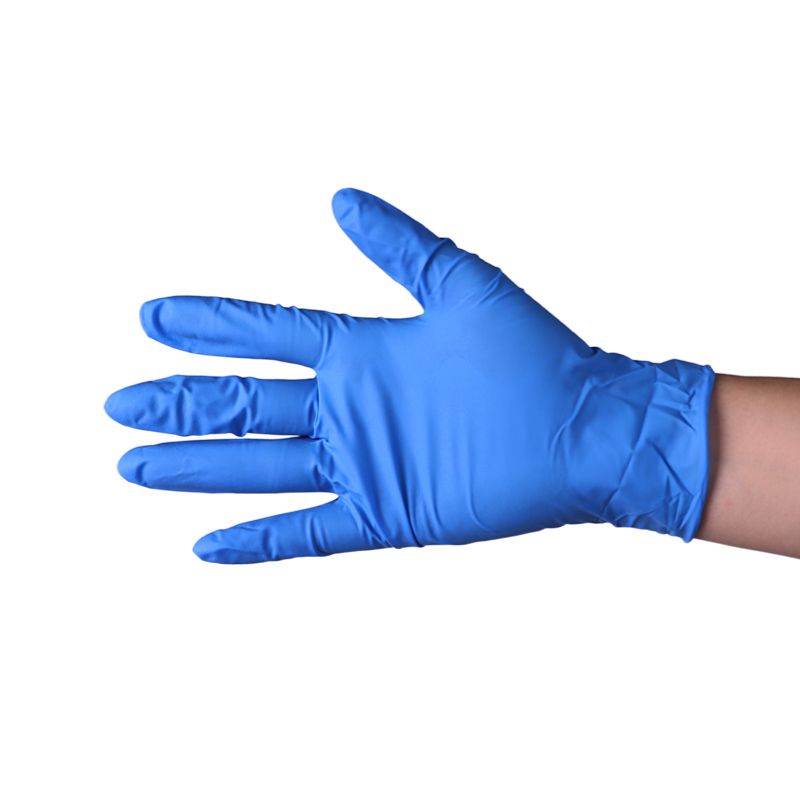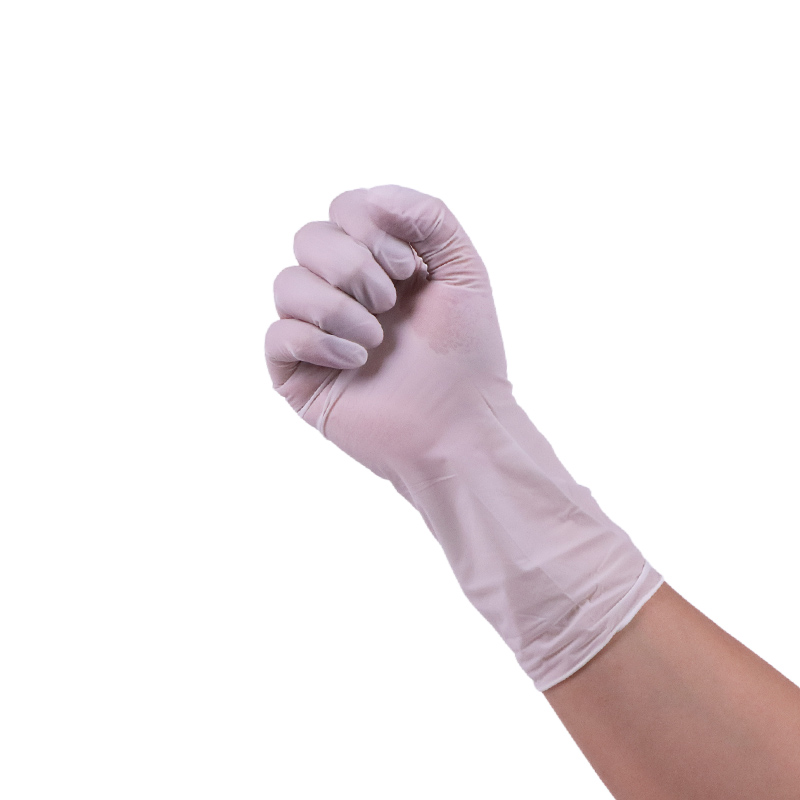Introduction
When it comes to disposable gloves, the options can feel overwhelming. Nitrile, latex, and vinyl all look similar—but they’re not. Each material behaves differently, feels different, and serves a different purpose. Whether you’re buying for a lab, cleanroom, kitchen, or clinic, knowing the pros and cons of each type is the first step toward making the right decision.
In this article, we’ll walk you through everything you need to know about nitrile, latex, and vinyl gloves—how they’re made, where they shine, where they fall short, and most importantly, which is right for your needs.
What Are These Gloves Made Of?
-
Latex gloves are made from natural rubber harvested from the sap of the Hevea brasiliensis tree. They’re flexible, comfortable, and highly tactile. But they contain proteins that may trigger allergies in some people.
-
Nitrile gloves are made from synthetic rubber. They’re latex-free, durable, and resistant to punctures and chemicals. Over the past decade, they’ve become the go-to choice in healthcare and industrial settings.
-
Vinyl gloves are made from PVC, a type of plastic. They’re less elastic and more loosely fitting, but very affordable—ideal for quick, low-risk tasks.
Terminology Quick Guide
| Term | What It Means |
|---|---|
| AQL (Acceptable Quality Level) | A measure of glove defect rate. A lower AQL means higher quality. Medical-grade gloves typically have AQL 1.5 or lower. |
| Accelerators | Chemicals used during glove vulcanization (e.g., thiurams, carbamates). They help harden the glove but can cause skin irritation in some people. |
| Mil Thickness | One mil = 0.001 inch. A glove labeled “4 mil” is 0.1 mm thick—thicker gloves offer more durability. |
| Powder-Free | Gloves that don’t use cornstarch powder for donning. Safer for cleanrooms and food handling. |
| Exam-Grade | Certified gloves are suitable for medical exams. Tested for barrier integrity and biocompatibility. |
Comfort & Dexterity
If you need to wear gloves for extended periods, comfort matters.
-
Latex offers the most natural fit. It hugs the hand like a second skin and provides excellent tactile feedback. Surgeons, dentists, and lab technicians often prefer latex for this reason.
-
Nitrile has come a long way. Earlier versions were stiff and tight, but newer formulations (especially soft nitrile) are flexible, easy to wear, and offer near-latex comfort without allergy concerns.
-
Vinyl feels looser and doesn’t contour well to the hand. It’s not recommended for tasks requiring fine motor control, but it’s sufficient for short-term, low-precision tasks like food prep.
Allergies & Skin Safety
-
Latex contains proteins that can cause allergic reactions. If you or your employees have experienced itching, redness, or breathing issues when using latex gloves, it’s best to switch to latex-free alternatives.
-
Nitrile is latex-free and safe for most people. For ultra-sensitive skin, look for accelerator-free nitrile gloves, which reduce the risk of contact dermatitis.
-
Vinyl is generally considered hypoallergenic. However, its lower elasticity and permeability may allow chemicals or pathogens to seep through over time.
Protection & Durability
Let’s talk about what really matters in high-risk settings: barrier protection.
| Feature | Latex | Nitrile | Vinyl |
|---|---|---|---|
| Puncture Resistance | Good | Excellent | Poor |
| Chemical Resistance | Moderate | Excellent | Very Poor |
| Tear Resistance | Moderate | Excellent | Poor |
| Fluid Barrier | Good | Excellent | Moderate |
-
Nitrile gloves offer the strongest defense against cuts, solvents, and oils. They’re often the first choice for industrial workers, mechanics, and healthcare professionals.
-
Latex holds up well against viruses and bacteria, but not harsh chemicals.
-
Vinyl is best reserved for non-hazardous use. It may tear under pressure and provides minimal chemical protection.
Cost & Budget Planning
Cost often drives buying decisions, especially in high-volume use.
-
Vinyl is the cheapest. If you’re using hundreds of gloves a day for basic cleaning or food service, vinyl may be the most cost-effective.
-
Latex sits in the middle. Prices fluctuate with rubber supply but are generally affordable.
-
Nitrile costs the most but lasts longer and provides the highest protection, meaning fewer glovesare used per task, and fewer replacements due to tears.
💡 Tip: For businesses buying in bulk, nitrile’s longer shelf life and lower defect rate often justify the higher upfront cost.
Environmental & Sustainability Factors
If eco-friendliness matters to you or your clients:
-
Latex is a natural, renewable material. It’s biodegradable and compostable, making it the most eco-friendly option, provided it’s not blended with synthetic fillers.
-
Nitrile is synthetic and not biodegradable, but some newer formulations are now partially biodegradable in landfills.
-
Vinyl is petroleum-based and the least eco-conscious. It doesn’t break down naturally and can leach chemicals if not disposed of properly.
Which Glove Is Right for You?
Here’s a quick way to decide:
| Your Need | Best Choice |
|---|---|
| Highest chemical & puncture protection | Nitrile |
| Best tactile sensitivity & comfort | Latex |
| Allergy-free & cost-effective | Vinyl |
| Accelerator-free option for ultra-sensitive skin | Nitrile (Accelerator-Free) |
| Sustainable & biodegradable | Latex (Natural, Not Synthetic) |
Final Thoughts
Every glove has its place. The key is knowing where, when, and why.
-
Nitrile: For healthcare, cleanroom, laboratory, chemical, and industrial use. Strong, durable, and safe.
-
Latex: For precision tasks where comfort and sensitivity are vital, but only for users without allergies.
-
Vinyl: For low-risk, budget-limited scenarios, like quick food handling or janitorial work.
If you’re unsure, start with nitrile. It’s the most versatile, allergy-safe, and widely accepted glove on the market.
Explore Our Nitrile Gloves Collection
High-quality, accelerator-free, industrial-grade nitrile gloves.
Available now in multiple sizes and packaging options.







